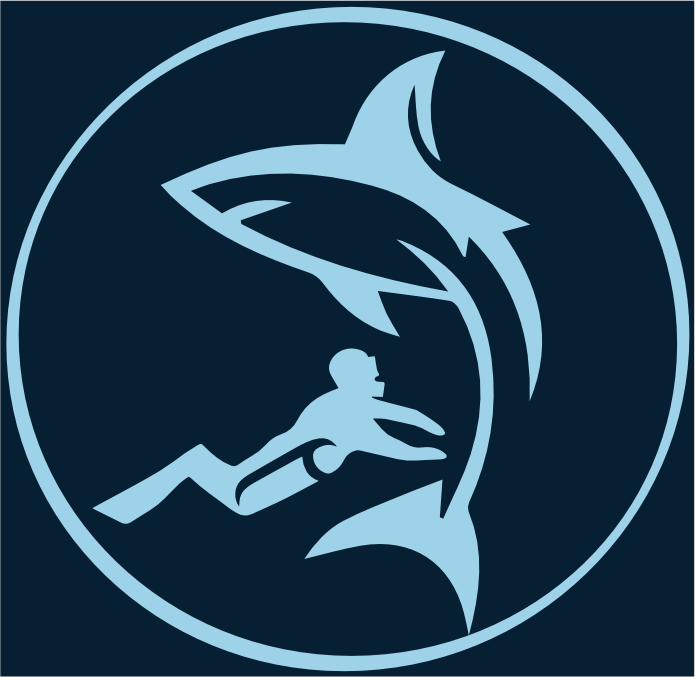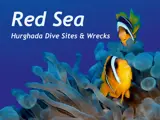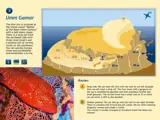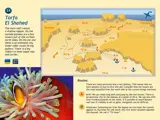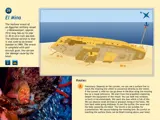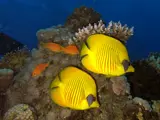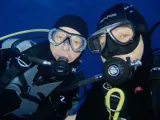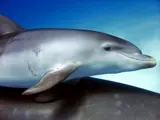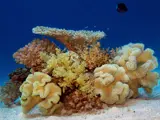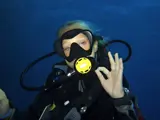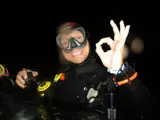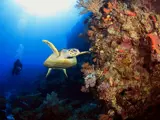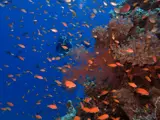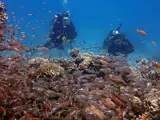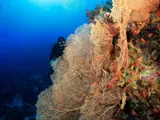Where can I dive in Hurghada?
We prepared for you basic information about dive sites of the Red Sea in Hurghada. We mainly dive here at coral reefs, but there are also wrecks. We have printed a book in which you will find 38 maps of dive sites. The book is available in English and Czech. If you are interested, contact us.
Before you go diving to the Red Sea in Egypt, it is good to know what diving sites you can find here. Around Hurghada you will find many places to dive, which differ both in difficulty and in what you have a chance to see.
When planning which location we will go to, we are guided by where the divers have already been with us so that they can see as many different places as possible during their stay. But it should also be taken into account that the availability of some locations depends on the current weather, for example some reefs cannot be reached if there is a strong wind.
Dive sites around Hurghada:
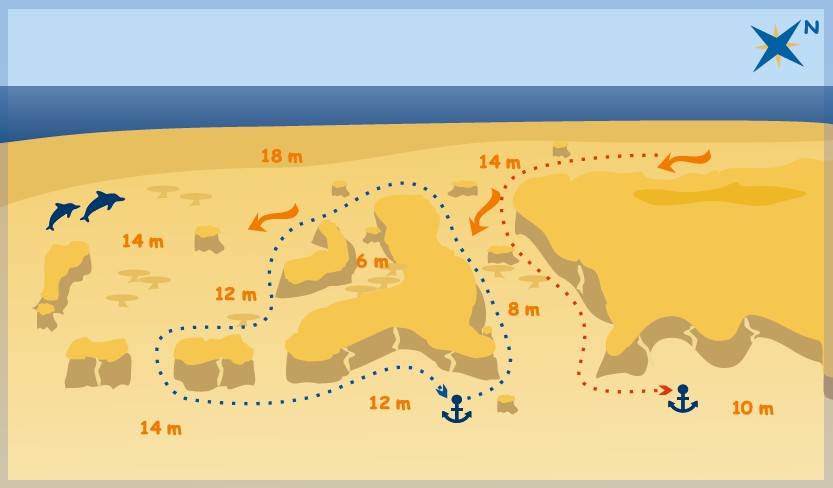
Shaab El Erg
Shaab El Erg
The furthest diving location in the northern direction. It is located between Hurghada and El Gouna, therefore ships from El Gouna arrive here more often due to the distance. A northbound safari boat is also anchored on this reef. On the reef, we can observe nice hard corals, especially in the channel between the main reef and the smaller Gotta Shaab El Erg. In the northern part we can find a coral garden and towers overgrown with different types of coral. However, the place is famous mainly because we can meet a group of dolphins here, especially on calm, windless days. If we don't touch them, we have a chance to swim among these aquatic mammals.

Shaab Iris
Abu Nugar
A large reef in the shape of the letter "T" is surrounded by a sand flat, on which a number of larger and smaller coral blocks are. In the vicinity of this reef it is possible to find several diving sites such as: Shaab Iris, Erg Iris, Gotta Abu Nugar, Shaab Abu Nugar. Shab Iris is a nice location suitable for underwater photography. Small underwater blocks are spread out on a sandy bottom covered with hard corals. Also in the shallow part of the main reef you can find large hard corals surrounded by many coral fish. Due to the fact that the site is not exposed to the excessive traffic of a large number of divers, it gives you the feeling that no one has dived here before you.
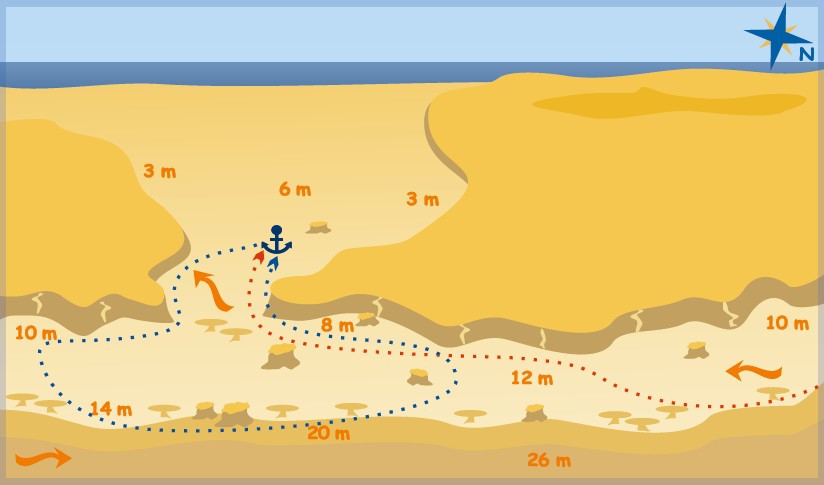
Marsa Abu Galawa
Abu Galawa
A long reef in the north of Hurghada, around which we can find several locations. Marsa Abu Galawa - a sheltered lagoon site, a predominantly sandy shallow flat with eel gardens transitioning to a coral garden on the edge of the drop-off. Sakhwa Abu Galawa - the northernmost of the Abu Galawa reef sites and also the most interesting, a place with coral gardens and a wall. Gotta Abu Galawa - a nearby circular reef surrounded by a flat with several coral towers and a coral garden with interesting hard corals. Erg Abu Galawa - available only in windless weather with the possibility of stronger currents and the appearance of huge table corals.
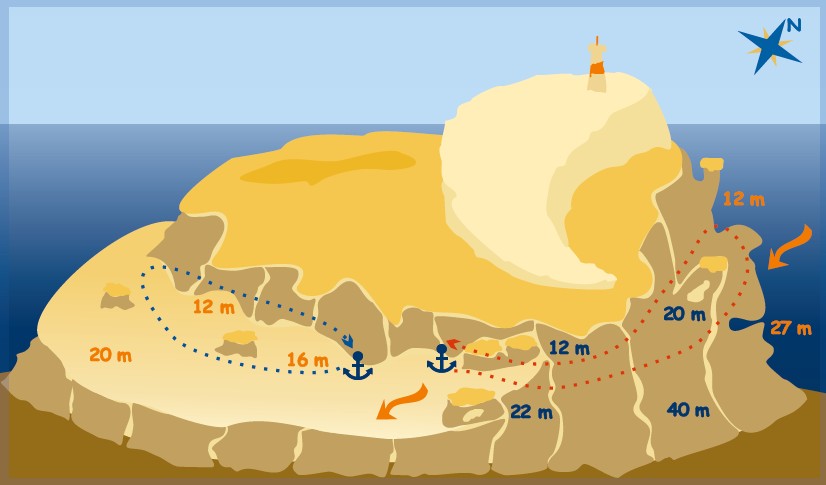
Umm Gamar
Umm Gamar
A diving site located near an island in the shape of a crescent moon. It is surrounded by a shallow plateau on the south side, but usually divers head across the plateau in an eastern direction to the deep wall. Along the way, they pass large coral blocks overgrown with both hard and many soft corals inhabited by schools of fish. Three coral towers rise from the deep wall. In the first of which there is a cave inhabited by a large school of glass fish and smaller species of groupers. In the second tower, if we dive down to 28 meters, it is possible to swim into a cave. The place is suitable for both beginners and advanced divers. The more experienced can jump on a drift dive, which starts above a deep wall and will end on a shallow flat. On the reef it is often possible to meet large moray eels or even a turtle. It is also possible to make pick-up drift on North Umm Gamar.
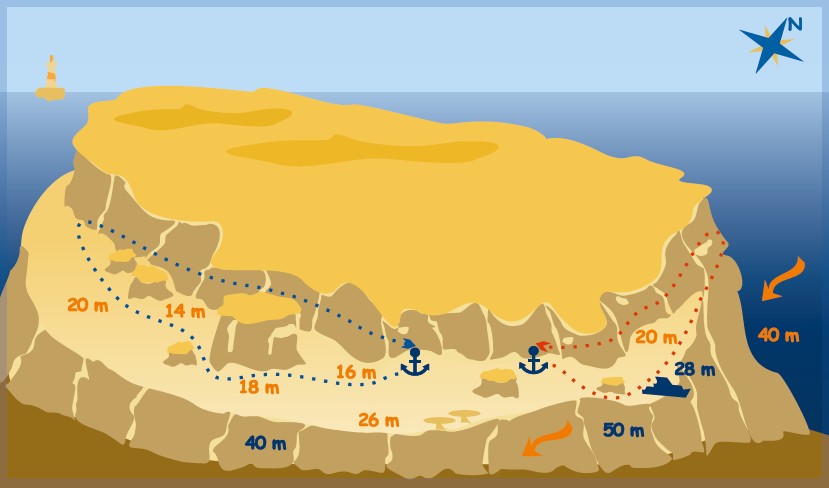
Shaabruhr Umm Gamar
Shabruhr Umm Gammar
A dive site located near the island of Umm Gamar. Most of the time, both dives take place at these two locations in one day. It is a long reef, on the western side of which we find a plateau. It towards the east first slowly descends from 14 meters to a depth of about 30 meters, where it ends and turns into a steep drop-off (wall). There are the remains of the wreck of an Egyptian army supply ship. In the shallower part, again, a large number of overhangs and caves. Large moray eels are often seen. The dive site is also suitable for drift dives.
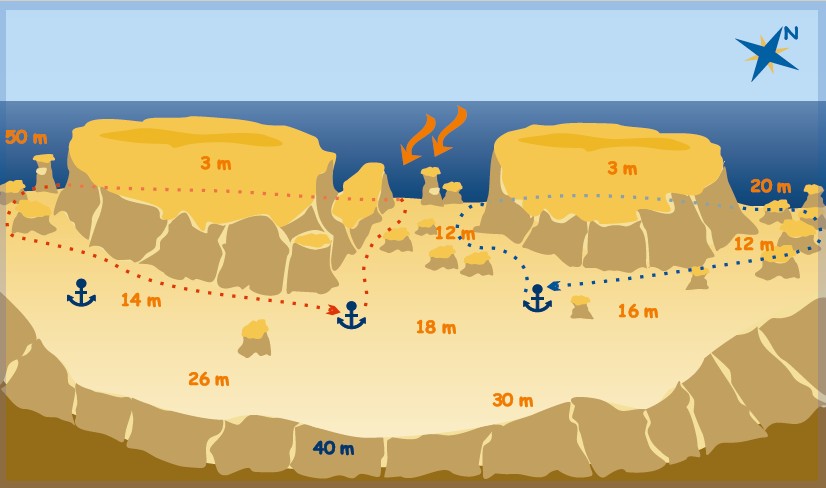
Carless Reef
Carless Reef
Two large underwater coral blocks located on a shallower approximately 14-meter shelf, which descends rapidly and falls in a steep wall to great depths in the north. Since the top of the blocks is roughly 3 meters below the water surface, there is no protection from waves and currents. Diving here is possible only in windless weather. Here we encounter stronger currents coming from usually the north, but it is not possible to rely on this direction. On the plateau between the ergs we find a coral garden full of different types of coral and on the edge of the drop-off a coral tower full of fissures full of coral life. The reef is famous for the fact that here we can meet large moray eels swimming freely between the coral blocks or a turtle feeding. Along the wall we meet schools of fish, but also large groupers...
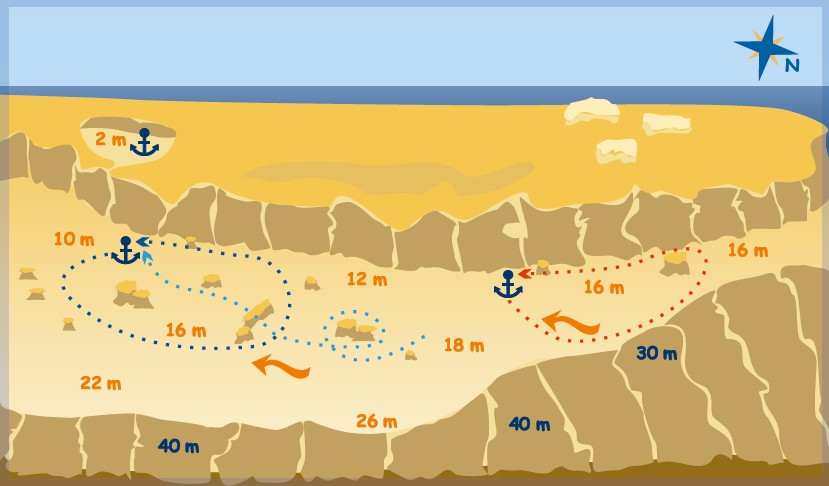
El Fanadir
El Fanadir
The 3 km long reef, due to its length we have 2 locations El Fanadir North and South. Along the wall there is a sandy plateau, narrow at the beginning, but gradually widening in the southern direction. The plateau ends with a drop-off. The reef is interesting because of the variety of underwater animals that can be found here: there are many lionfish, scorpionfish, stonefish, different types of moray eels, octopuses hidden in the wall. We can do an easy current dive here, where the current carries us from north to south.
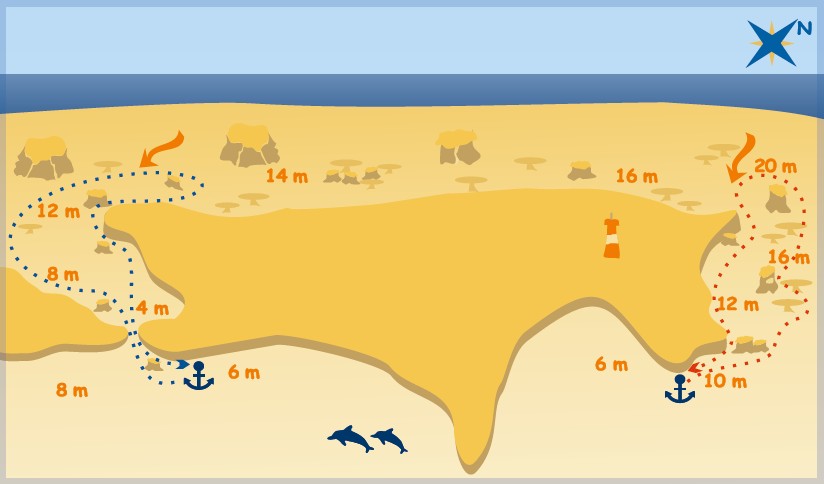
El Fanous
El Fanous
A reef with a large lagoon on the West where you have a chance to meet dolphins. The reef is also called "dolphine house". After leaving the lagoon, we reach the coral blocks, which are abundantly covered with corals. Among them is a coral garden interesting with huge table corals. The pinnacle on El Fanous East is very nice, and will definitely keep underwater photographers busy for a long time. The northern part of the wall is also full of life thanks to the currents that bring nutrients. Here we find huge hard corals and sometimes we come across a turtle, a Napoleon or a large grouper.
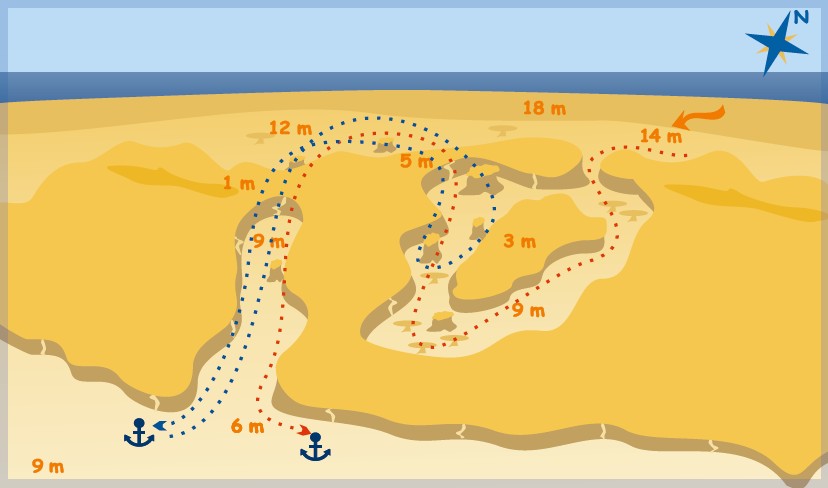
Turtle Bay
Turtle Bay
Two small lagoons located next to each other. We swim from the first lagoon through a shallow pass, we have to be careful while crossing because the depth above the reef is only 1-2 meters. Along the outer wall covered with hard corals, we will reach the second lagoon. Here we find a big coral garden where we can see various types of corals. The name of the reef already suggests that it is possible to meet the turtles that feed on the soft corals growing in the coral garden. Sometimes you can meet other interesting animals such as eagle ray or dolphins coming from nearby El Fanous.
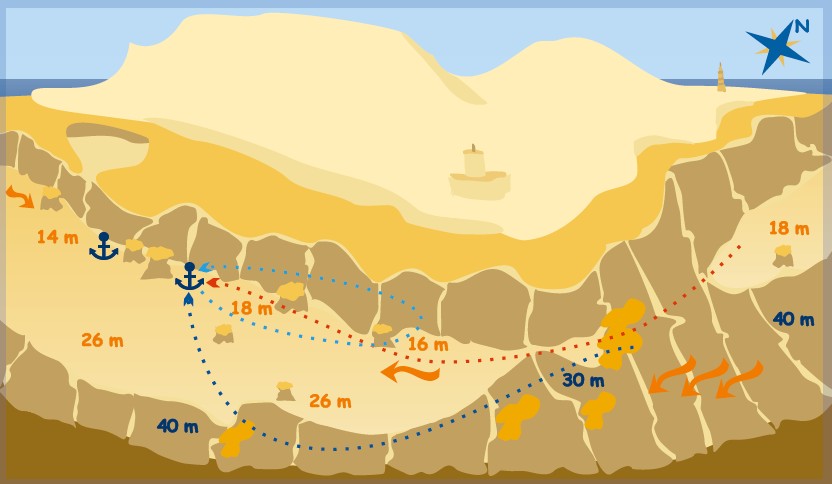
Small Giftun
Small Giftun
It is possible to do various dives around it, but the most interesting of all is the drift dive. The drift starts above a deep wall just behind the police station building that is located on the island. We swim (sometimes really fly) with the current at an optimal maximum depth of between 27-30 meters, viewing huge gorgonian fans growing from the wall along the way. It is possible to see really big napoleons, groupers or tuna fishing above the drop-off. Subsequently, we will cross in our direction an unfolding plateau overgrown with large hard and fire corals and we will reach the wall of the main reef, which is also colorful and rugged, full of underwater life. There is no doubt that this is one of the most interesting dives in Hurghada. A little further than we would drift, there is a location called Erg Somaya, it is possible to anchor here only in good weather and there are often strong currents, but the location is worth it. Right below the ship, the reef falls into the depths and at 30 meters you will find a tower - a chimney full of soft corals, and then at a depth of about 10 meters another tower surrounded by red sea anthiases. The entire reef is full of various types of corals and fish, and turtles are often seen.
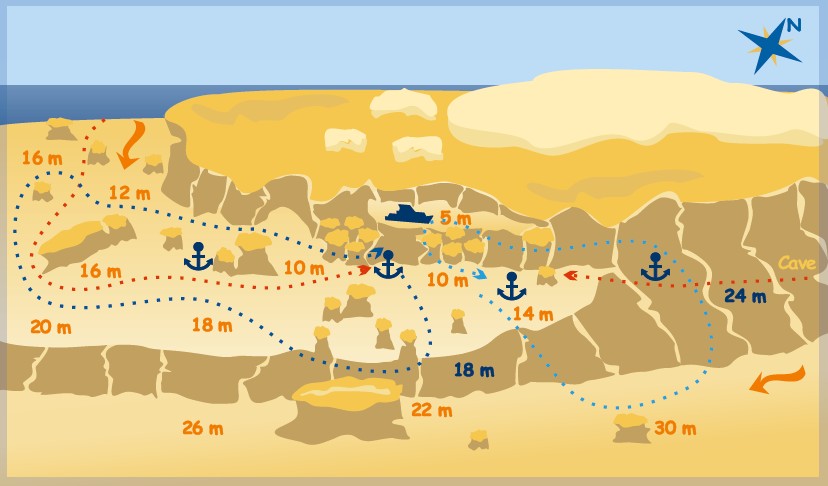
South Abu Ramada
Abu Ramada
An island around which there are several diving sites. It is possible to do a stationary dive here as well as a current dive. The most popular diving site is South Abu Ramada, characterized by terraces of rocky plateau with many coral blocks and towers. After the southern plateau, it is possible to reach the eel garden. The dive usually ends above a smaller wreck at a depth of 5 meters, where we often find crocodile fish. Not so far we have also Cave Abu Ramada with a block with the cave full of soft corals at around 20 meters. The next place is Erg Abu Ramada - a small but very nice site, also called Camel Reef - three connected towers with lots of soft corals surrounded by numerous schools of Red Sea anthiases. North Abu Ramada is usually with a stronger current - you can either experience diving "heaven" or "hell" here , if the current is too strong.
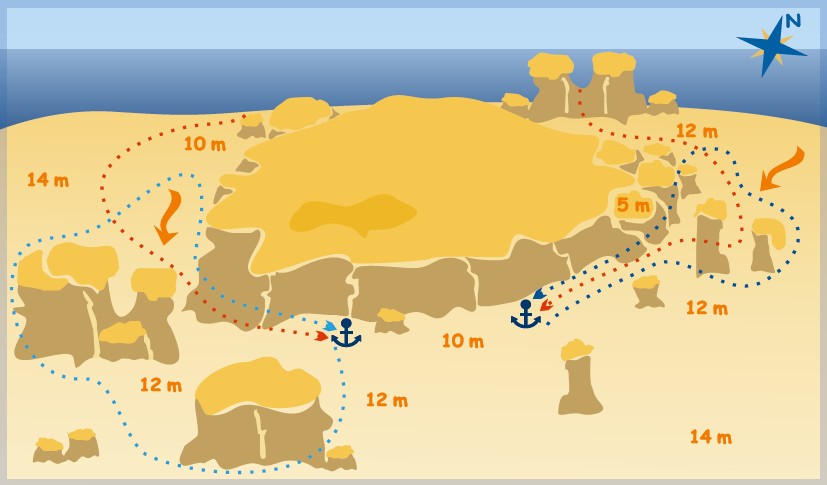
Gotta Abu Ramada
Gotta Abu Ramada
An oval reef where you can dive from two sides: Gotta Abu Ramada (East), Gotta Abu Ramada (West), you can also jump on a drift and see the large coral towers standing in the northern part. The entire reef is surrounded by a wide plateau 12-14 meters deep. In the eastern part of the reef, we can find a coral garden, shaped like a vast labyrinth with large schools of coral fish living here. It is not unusual to see big tuna here fishing in schools of fish. On the western part, it is worth seeing a large coral tower. The location is also called the Aquarium. Thanks to the shallow depth, the place is suitable for all divers, regardless of their qualifications. The place is very popular and is considered one of the most beautiful in Hurghada.
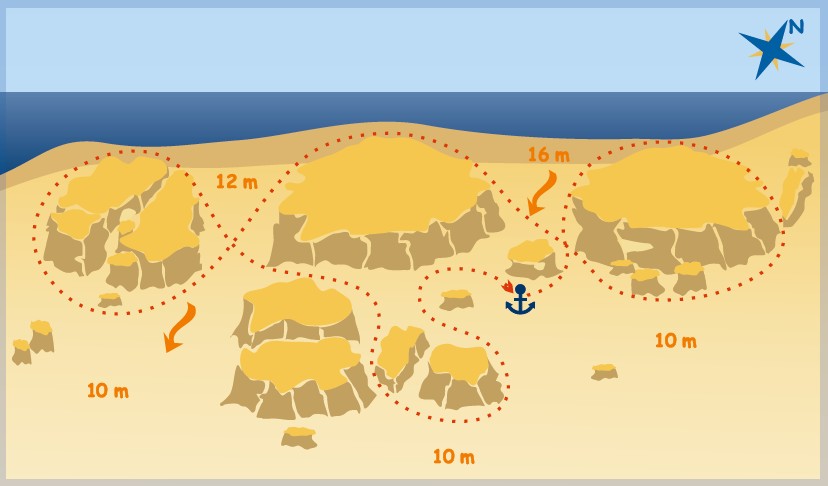
El Aruk Diana
El Aruk Giftun
It is located near the island of Big Giftun. There are more than 40 coral pinnacles - columns - scattered on the vast plateau with a depth of 10-15 meters. Thanks to this, we can find many anchorages and therefore several diving sites. Sometimes even here we come across a stronger current, thanks to which the ergs are surrounded by redbeards. Here we can find an immense variety of coral fish. Copper sweepers hide in the crevices of some ergs, sometimes we can see a group of lionfish attacking smaller fish. We often find well-camouflaged large toads or their relative the highly poisonous "Red Sea Walkman" (Iminikus filamentus).
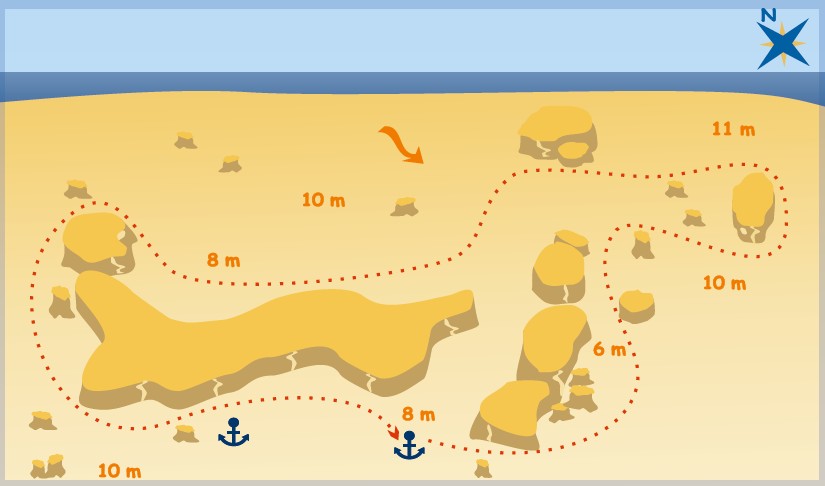
Aruk Talata
Magawish
Locations located on a 10m deep flat near the island of Magawish, on which there are not very large coral blocks. Aruk Talata is a place with a large number of clowns and anemones, blue-spotted stingrays, with schools of goatfish and other fish, sometimes even barracudas swim by. Shaab Eshta – two smaller ergs in close proximity, there are small but very lively coral blocks and sea grass. Shaab Petra – a smaller erg next door with an even smaller brother, in whose crack live copper sweepers, from here it is possible to swim to Tifany, which is a block of a similar size.
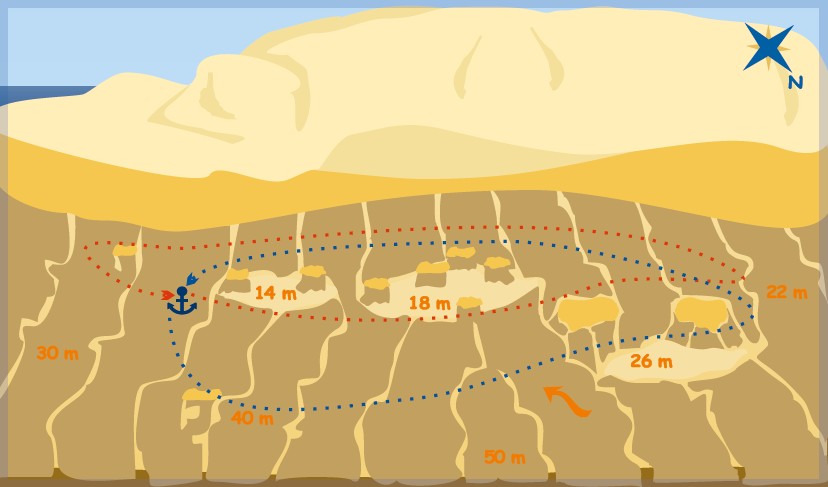
Hamda
Hamda
The wall on the north side of Big Giftun, in the part where the island itself drops down. And so it is under water. But there was a small beach (the location is also sometimes called Stone beach) and a bay where you can anchor, but only in good weather. Moray eels, larger groupers, and tuna can be seen here, and the upper part of the reef is rugged and richly covered with various corals.

Banana Reef
Banana Reef
The reef is located between the islands of Big and Small Giftun, it is open on the north side, and between it and Big Giftun the seabed descends to great depths. We will swim along the main reef, which is shaped like a banana, but during the dive we will also swim a short distance away from it to a larger erg nicely overgrown with soft corals, with schools of small fish and predators hunting them. Here we find flocks of clippers and sometimes larger species of rays, such as the eagle ray, come here.
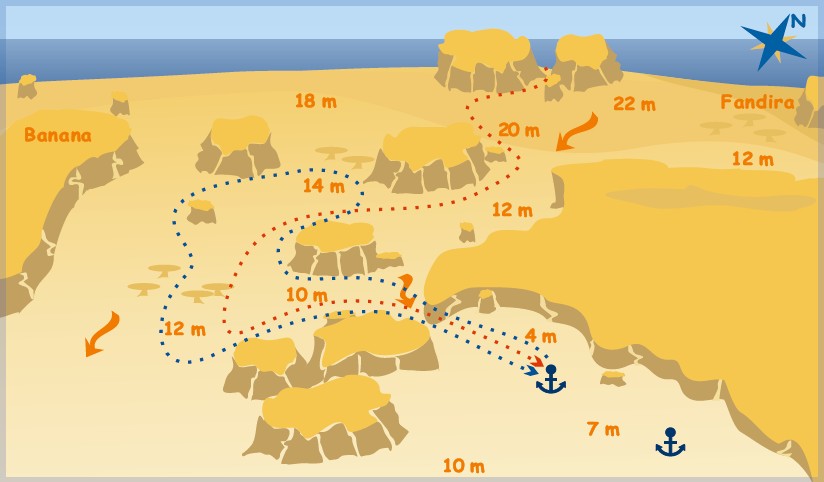
Torfa El Shahed
Torfa El Shahed
This site is located near Banana Reef, but due to the sheltered lagoon where the boats are anchored and weaker currents, it is suitable for less experienced divers. Shallow water and rich fauna and flora make this place very attractive. We can swim out of the lagoon to the outside and swim around several ergs abundantly covered with soft corals especially on their northern sides, where the current brings them nutrients. It is also possible to do a drift dive here and thus reach more distant pinnacles. Turtles and rays can be found here. There is also Anemone City.

Shaab Sabina
Shaab Sabina
The reef, near which an extensive labyrinth of coral gardens spreads, is also situated between the islands of Small and Big Giftun. The location is suitable for drift diving, so we can get as far as possible into the coral gardens and we can swim between and through them at will. The diving depth varies between 5-14 meters, given that the coral gardens are interesting precisely at these shallow depths.
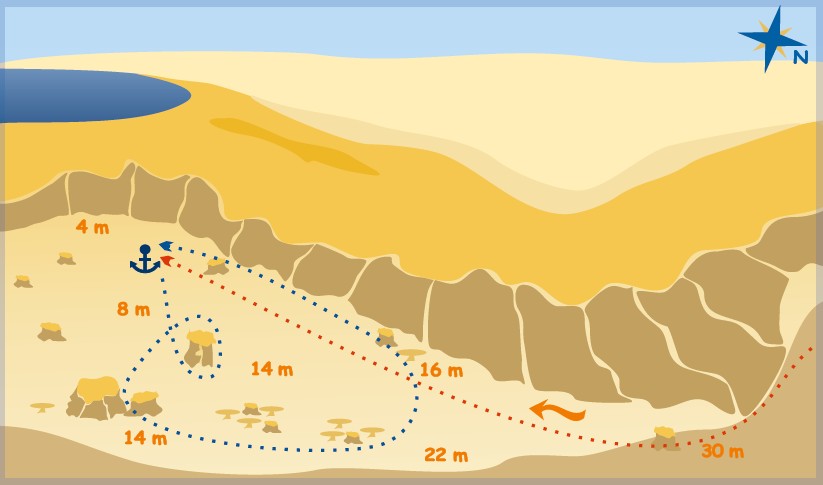
Ras Disha
Ras Disha
A bay located off the coast in the southern part of Hurghada. The main reef itself is already interesting, but the blocks that we sail around on the way back are definitely worth exploring. In one of them we find a tunnel at a depth of 5m, where we can spend a safety break observing numerous schools of glass fish. Not so far from the main reef we can find nice coral gardens.
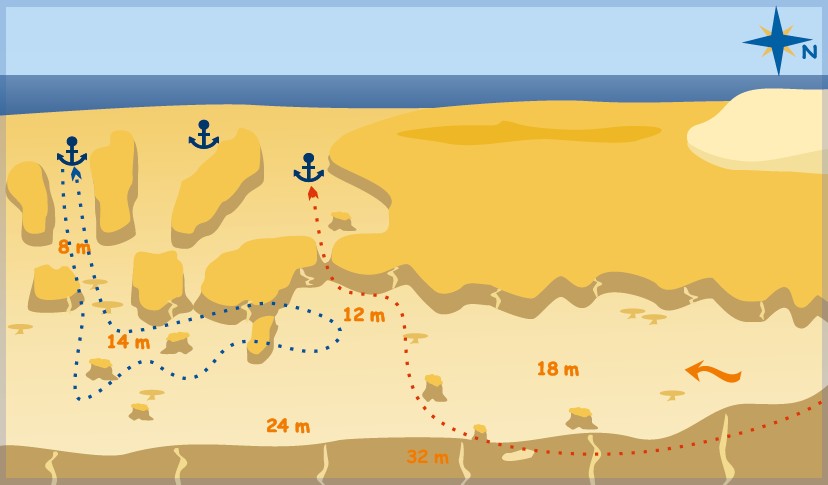
Abu Hasheesh
Abu Hashish
The reef around the Abu Hashish island is also situated in the south of Hurghada. There is a plateau around it, which slowly descends from 10 to 20 meters and then falls further into the depth. On the pay, we can explore the coral blocks, but we can also find sea grass. We meet a lot of bluespotted stingrays, moray eels... More experienced divers can make a deeper dive up to the drop-off, and the less experienced can walk through the coral garden on a shallow plateau.
We also have few wrecks close to the coast of Hurghada that we dive on: the minesweeper El Mina or Mohammed Hasabela, the fishing boat close to El Mina wreck. There is also small wreck in the harbour called Balina. More information on our blog - Wreck diving in Hurghada.
Check also the dive sites where you can make pick-up drift. We suggest our article Currents and drift dives in Hurghada.
Additional 18 maps of dive sites in Hurghada and Red Sea wrecks including descriptions of diving routes can be found in our book. Ask us for details.
